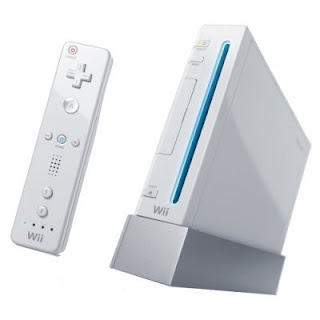
Hidden inside 00050010/10040100/content/Us/Model/AccountTvCap_Us/gsys.bfres are two early screenshots of the Wii U.Īn early screenshot of the account creator, named acsCreate_sys1_001A0. The following message IDs do not have text, some may have suggested more functionality or were carried from other similar software. In the message file, one of the strings is completely unlocalized in Japanese. If you are fluent with this language, please read our translation guidelines and then submit a translation! This game has text or audio that needs to be translated. The two key differences is that the early remnant is positioned differently and has a trademark symbol, while the final one does not. The logos are practically identical minus a few small touch ups.

Instead, it is found in both /10010109 and /1001010a which is the Home Menu. This is the only one that is not found in OfficialAppIcon.szs. Obvious color change as well as size difference. The picture on the earlier one is actually a door, as Wii U Chat's codename is Doors.

The early icon is actually similar to the one used on the 3DS, except it would've been in HD.
-nintendo-64.jpg)
Some shading that isn't in the used one, with a darker color.Ī very drastic design change. Compared to the final icon, the early version is pretty lacking. Wii Karaoke U is a default app in Japanese Wii U's. References like this are very common in the Wii U, given its codename, "Project Cafe". "Barista" is a person that prepares espresso-based beverages, like coffee. Has the same name as the used one too.Īlthough the color is different and the exclamation point is off point, the name is interesting. Something you'll notice with the early icons (counting out the ones with 仮's) is that they sport a darker version of the spotted background used in the final icons. They are located in a file called OfficialAppIcon.szs, which is found in a couple of directories, with one exception. These are all early versions of the icon graphics used for the default apps in the Wii U.

The splash boot screen for the DRC and TV are the same, just different sizes. This suggests that originally the transfer tool was going to be an app rather than a mode in the system settings. The system transfer file has a few graphics left in its "meta" folder, instead of some placeholders. "drc" is the internal name for the GamePad. The dummy icon is also used in discs' update partitions and some kiosk (CAT-I RTL) demos on kiosk unit install discs, and one of them is the placeholder Amiibo Settings icon. The title it belongs to is identified as simply "ecop". Found within the folder /storage_mlc/sys/title/00050010/10066000/meta are some dummy boot screen images in standard TGA format.


 0 kommentar(er)
0 kommentar(er)
